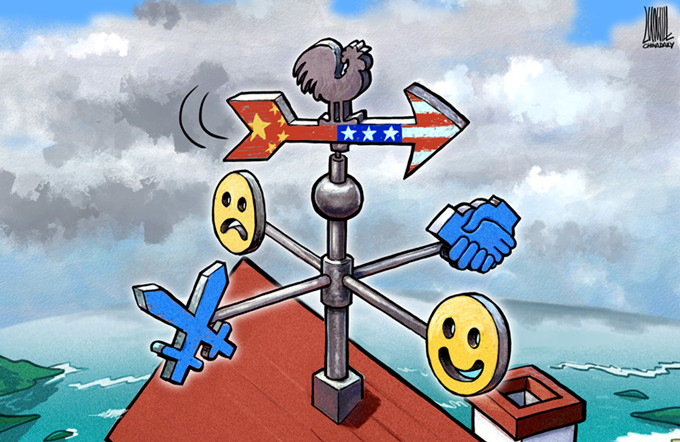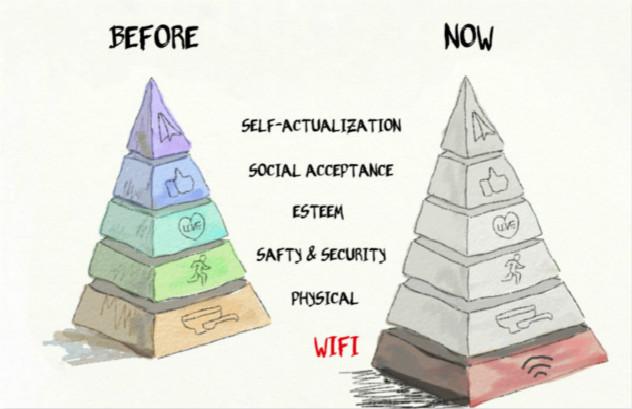Better predictions and response
Although there has been much improvement, greater efforts are needed to mitigate the effects of future earthquakes
China is among the countries most frequently hit by strong earthquakes - those over magnitude-7 on the Richter scale - and 49 percent of its territory, 50 percent of its urban areas, and 70 percent of its cities with a population of more than 1 million, are located in high intensity quake zones.
To reduce the casualties and economic losses resulting from earthquakes, the government has gradually established an earthquake monitoring, warning and emergency rescue system.
As a result, there has been a dramatic increase in the speed of reporting earthquakes. China's seismic network released a preliminary report just three minutes after the magnitude-7 earthquake hit Lushan in Southwest China's Sichuan province on April 20, and a corrected result was published within 10 minutes. Moreover, emergency assessment and response have been significantly advanced since the earthquake in 2008 that devastated Wenchuan county also in Sichuan, as evidenced by the more timely and effective rescue and relief efforts this time.
And the country's preparedness has also greatly improved since the Wenchuan earthquake. Some of the areas hit by the Lushan earthquake overlapped with the areas hit by Wenchuan earthquake, but the buildings constructed after that quake were not severely damaged this time, which means that these buildings are more resistant to earthquakes than their predecessors. Also residents' awareness of what to do in an earthquake has been raised, which helped reduce the number of casualties this time.
However, China's high-speed development, especially its accelerated urbanization process, has resulted in a significant increase in major construction projects and infrastructure, so earthquake preparedness and response are more important than ever nowadays, and they require the participation of the government and the public.
Internationally, the most common and basic solution for disaster reduction is to improve the total disaster preparedness and protection capabilities. Japan, for instance, has an extensive safety network with effective social management mechanism and public service system.



















